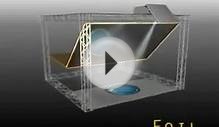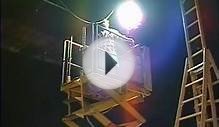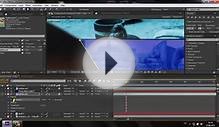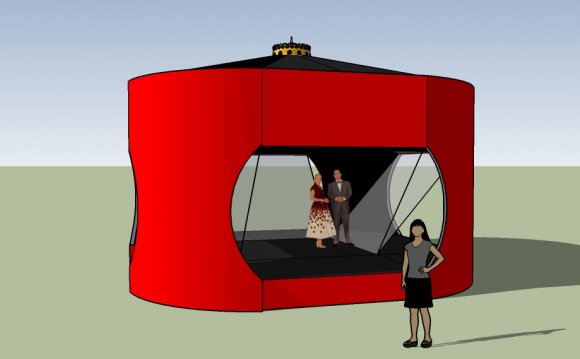
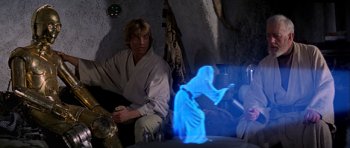 Imagine the benefits of being able to clearly visualize building plans as a 3D hologram. Some future-thinking companies are taking advantage of the current capabilities of hologram technology to help make this idea a (virtual) reality.
Imagine the benefits of being able to clearly visualize building plans as a 3D hologram. Some future-thinking companies are taking advantage of the current capabilities of hologram technology to help make this idea a (virtual) reality.
Before we continue, we should clear up the confusing use of the word “hologram.” The dictionary definition is a 3D image formed by the interference of light beams from a laser, or a photograph of a light field the produces such an image—like the security sticker on the back of your Visa card. Wikipedia sticks to the strict definition, and also offers a list of But these days, companies are applying the word “hologram” to all sorts of screen technologies, from to . You can expect people to call anything a “hologram” if it tricks your eye into seeing a 3D object that’s not really there.
Here are two ways hologram technology is being used to help visualize the built environment.
3D Holographic Renderings of BIM Plans
This technology isn’t exactly new to construction. One of the in this field is Texas-based Zebra Imaging. Originally developed for military applications, their holographic images shifted to the construction world back in 2009. The company uses thin photographic film that’s flexible enough to roll up; when 3D plans are printed on it, they reflect light in a way that makes the images seem to jump off the page.
Like other 3D printing technology, this allows designers to “drop” a proposed building into its future surroundings. Potential problems and conflicts with neighboring structures can be spotted and solved before ground is ever broken.
Now, there’s an even newer kid on the holographic technology block, and it has great potential for the construction industry.
HoloLens: Adding Holograms to the Real World
Now we’re getting full-on sci-fi! Microsoft’s new places the 3D imaging into a combination headset and visor. This gives the wearer an augmented reality view of their surroundings – which means you can walk around your jobsite wearing these glasses, and see how your building will look once it occupies the space.
That’s not its only advantage over static 3D holographic printouts. The headset can also scale objects in real time and add details to existing projects – so you can see a project grow before you’ve even started the physical building.
Even better? The devices can connect with each other, so your architect can share their vision of the project with you from across the country, making collaboration a far faster and smoother process.
who is the secretary of education education center fort hood blog from google blog till barn canva for education education quest tx hunters education orange county department of education harrison county board of education az department of education online education blogging memes morgan county board of education blogging in the classroom what do you mean by blog college of education blogging like website difference between blogging and website obama's education blogging with wordpress nicholas county board of education blogging in the classroom marshall county board of education blog feed initials general education courses what is critical race theory in education blogging history blogging is dying out blogging qna blogging over blogging eventsRELATED VIDEO
